|
Wisconsin Justice Initiative recently asked the Wisconsin Supreme Court, director of state courts, and members of the State Capitol and Executive Residence Board (SCERB), to display new artwork in the State Capitol courtroom to reflect diversity in the judiciary, bar, and public. SCERB is the state board that controls renovations and installations of fixtures, decorative items, and furnishings in the Capitol building. The Wisconsin Constitution and opinions of the Wisconsin Supreme Court apply to all Wisconsinites and shape the state's legal system and citizens’ rights. Yet the chamber in which the Supreme Court sits to interpret the state’s constitution and statutes reflects an outdated world that fails to include more than half of Wisconsin's population. None of the courtroom’s murals includes a woman, and the only people of color are defendants in a murder trial and some possibly mixed-race men as jurors. Of note, in that murder trial the judge's decision was based on his belief that the primary defendant, Chief Oshkosh, was not “an intelligent conscious being" under the law. All of the portraits and busts in the courtroom’s vestibule are of white men. This year marks the 150th anniversary of admission of the first woman, Lavinia Goodell, to law practice in Wisconsin. In its letters to SCERB and the court, WJI urged them to recognize the anniversary by adding to the vestibule walls portraits of the court’s female chief justices — Shirley Abrahamson, Patience Roggensack, and Annette Ziegler. WJI also asked SCERB and the court to commission two new busts for the vestibule or hearing room: one of a woman and one of a person of color. WJI suggested Goodell and William T. Green. Green was the first Black lawyer in Milwaukee and fought for civil rights through legislation, court cases, and community organizing. WJI published blog articles about Goodell and Green as part of its “Unsung Heroes” series about women and people of color who contributed to Wisconsin legal history but whose stories have not adequately been heard and acknowledged. Supreme Court hearing room murals and vestibule. Photographs by Margo Kirchner.
0 Comments
By Margo Kirchner and Gretchen Schuldt WJI is launching a project to fill some of the holes of Wisconsin legal history. We're looking for the people and events that played significant but largely overlooked roles in the state's legal development. There are likely many holes that can be filled; we just don’t know about them yet because the people and events have been deleted or relegated to the background for decades or longer. Their stories need to be told so we have a more comprehensive view of Wisconsin legal history. This project was inspired by the absence of diversity in the four murals, completed in 1915, that hang in the State Supreme Court. They depict historic events and that's all well and good, but the only mural that includes people of color depicts a murder trial where the defendant is a Native American and the person being celebrated is a White male judge, one with a somewhat cloudy historical reputation. That particular mural, the only one that is actually about Wisconsin, represents territorial law by depicting the trial of Menominee Chief Oshkosh before federal judge James Doty in 1830. This mural shows Chief Oshkosh, other Menominees, and likely some Metis men (descendants of White French-Canadian men and Native American women) who were included in the jury. Chief Oshkosh and two other Menominees were tried for murder of a Pawnee who had accidentally killed a member of Oshkosh’s tribe. Under Menominee law, such a killing in retribution was permitted. According to the Wisconsin State Capitol Tour Narration guide, “[a]lthough the jury found Oshkosh guilty of murder, Doty ruled territorial law couldn’t be applied to this case because Oshkosh proved he had followed his legal system, tribal custom of law.” Nevertheless the actual decision was based at least in part on prejudice. "Knowing, as we do, that these laws were not enacted for the Indian, it appears to me that it would be tyrannical and unjust to declare him, by implication, a malicious offender against rules which the same laws presume he could not have previously known," Doty wrote. "He is not considered, in regard either to the general scope of government or of the laws, as an intelligent conscious being." Source: "James Duane Doty: Frontier Promoter," by Alice Elizabeth Smith. The other murals celebrate events that occurred in different times and places. *** The mural most prominent to someone sitting in the Supreme Court gallery depicts the signing of the U.S. Constitution in Philadelphia in 1787. All persons depicted in the painting (and likely at the event itself) are White men. *** This mural represents Roman law, showing Caesar Augustus Octavius presiding over the trial of a soldier; the scene depicts all White men. *** The final mural depicts the signing of the Magna Carta in 1215 by King John of England, surrounded by soldiers and noblemen, all of whom are White men or boys. There are a lot of people and historic events not recognized in the Supreme Court art. The murals are definitely a product of their time.
But it's a different time now. We want to hear about the great variety of people and events that shaped Wisconsin legal history. The people don’t have to be lawyers, but they must have played a significant role in advancing the cause of justice in Wisconsin. A plaintiff in a civil rights lawsuit could qualify, for example, or a defender of consumer rights, or someone who broke down a legal barrier so others could succeed. We also are looking for the significant events that brought about positive change in Wisconsin law or in Wisconsin’s legal system, whether those events occurred in or outside of a courtroom. White people, Black people, Brown people, men, women, children. Protests, court decisions, orations – let's hear about them! We will publish information about these folks and events on our blog; funding willing, WJI eventually will transform the information into a book and make it available to the public. We also have various events in mind to celebrate these unsung characters and occasions. Please help us identify people and events that deserve more recognition for their place in Wisconsin’s legal history. You can send as much information as you want, but at minimum we need: -The name of the person / identity or name of event -A picture, if available -A brief description of the person or event and the person or event’s impact on Wisconsin law or legal history -Where we can find out more about the person or event We are closing this phase of the project on Nov. 15. Please send the information to [email protected] or mail it to WJI, P.O. Box 100705, Milwaukee, WI 53210 |
Donate
Help WJI advocate for justice in Wisconsin
|
Copyright © 2024 Wisconsin Justice Initiative Inc.
The Wisconsin Justice Initiative Inc. does not endorse candidates for political office. The Wisconsin Justice Initiative Inc. is a 501(c)3 organization.
The Wisconsin Justice Initiative Inc. does not endorse candidates for political office. The Wisconsin Justice Initiative Inc. is a 501(c)3 organization.

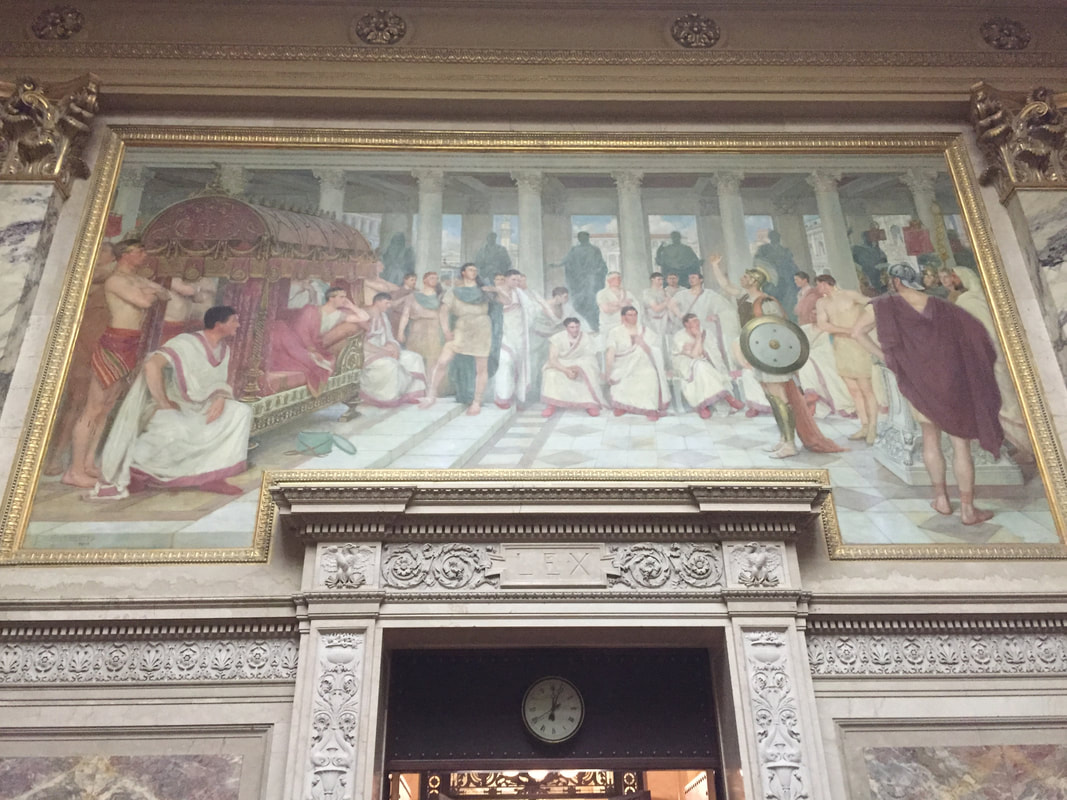
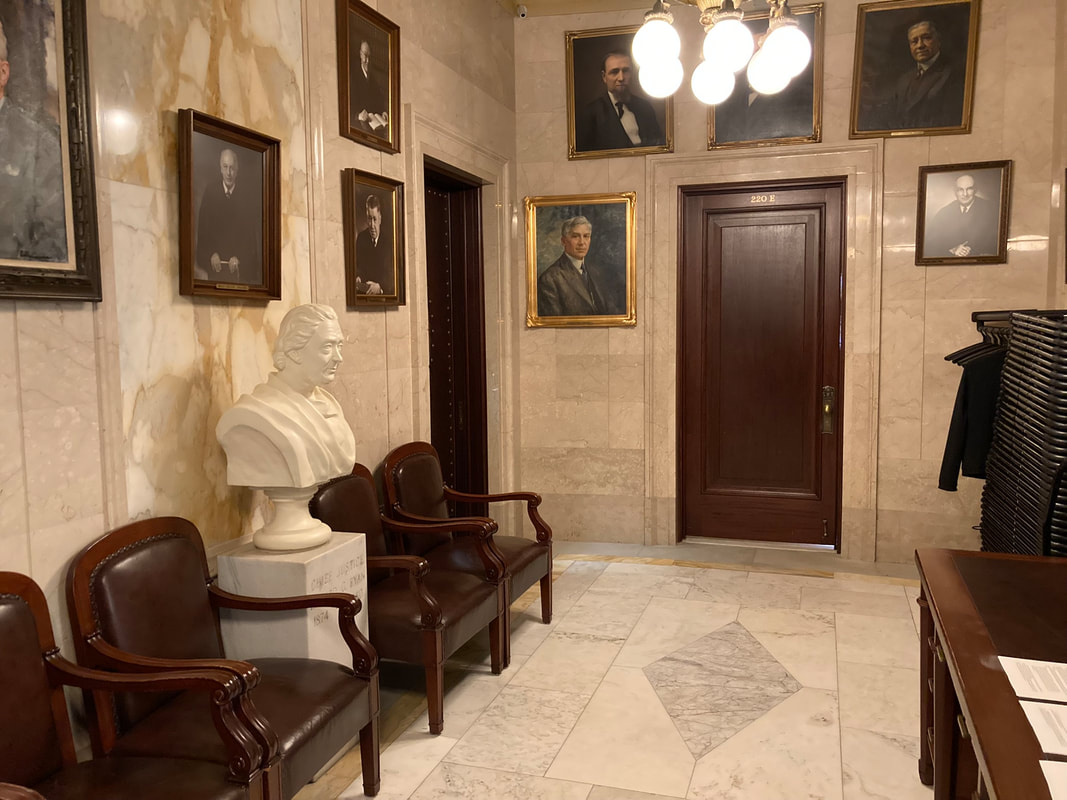
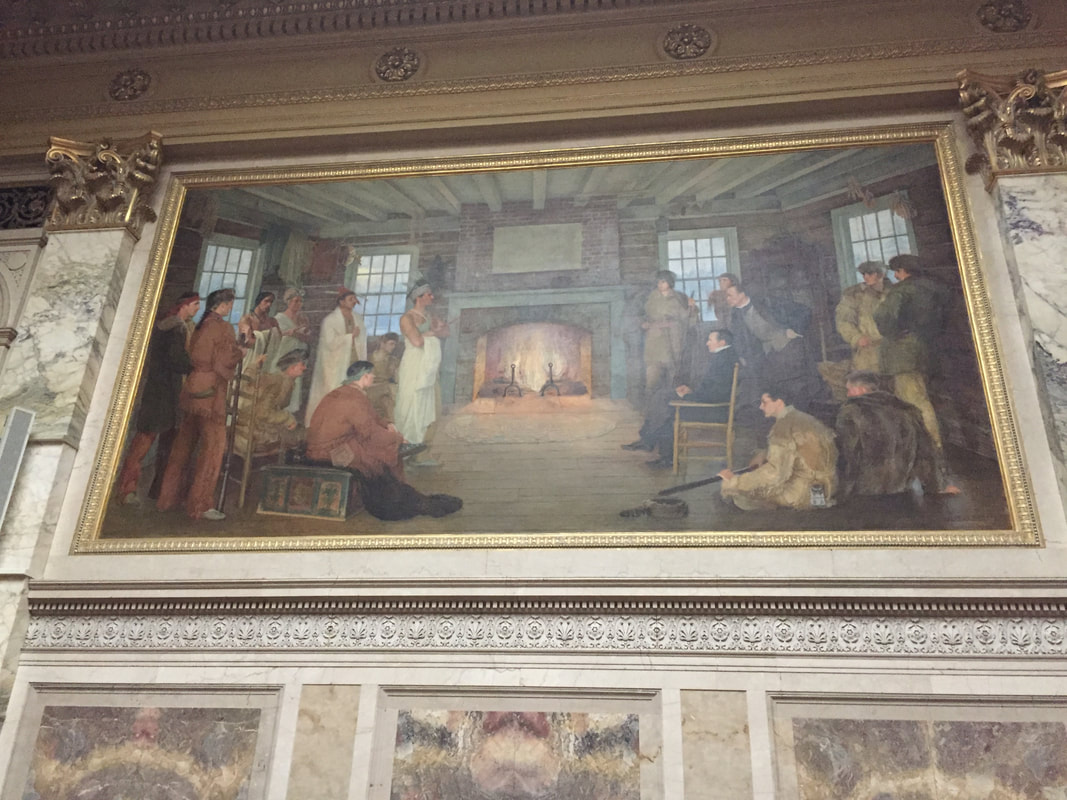
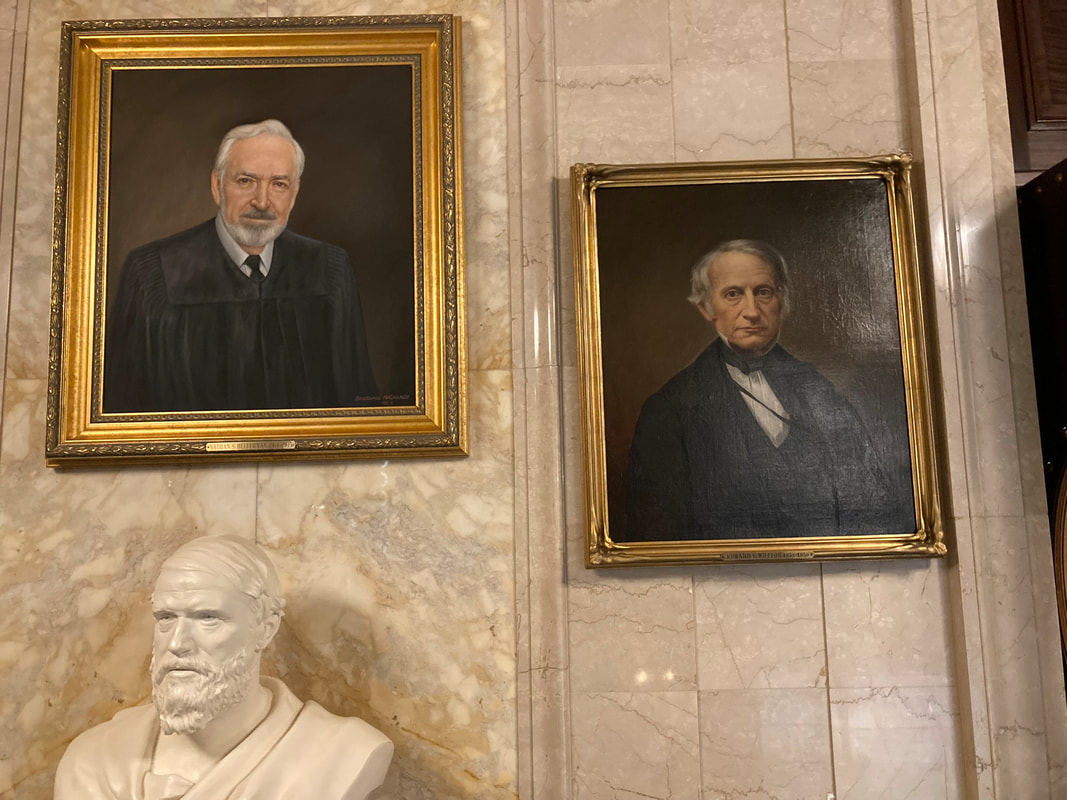
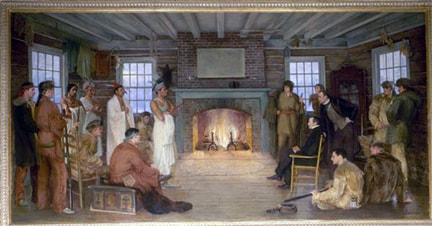
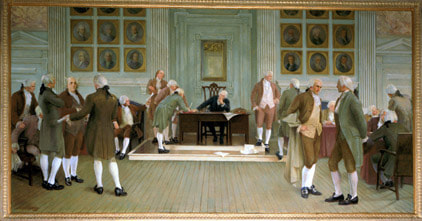
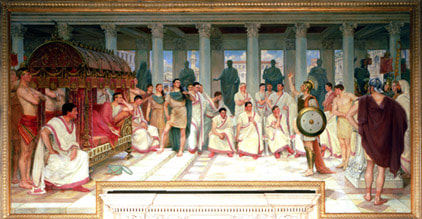
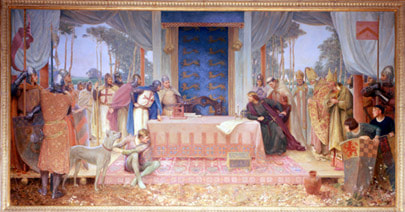
 RSS Feed
RSS Feed